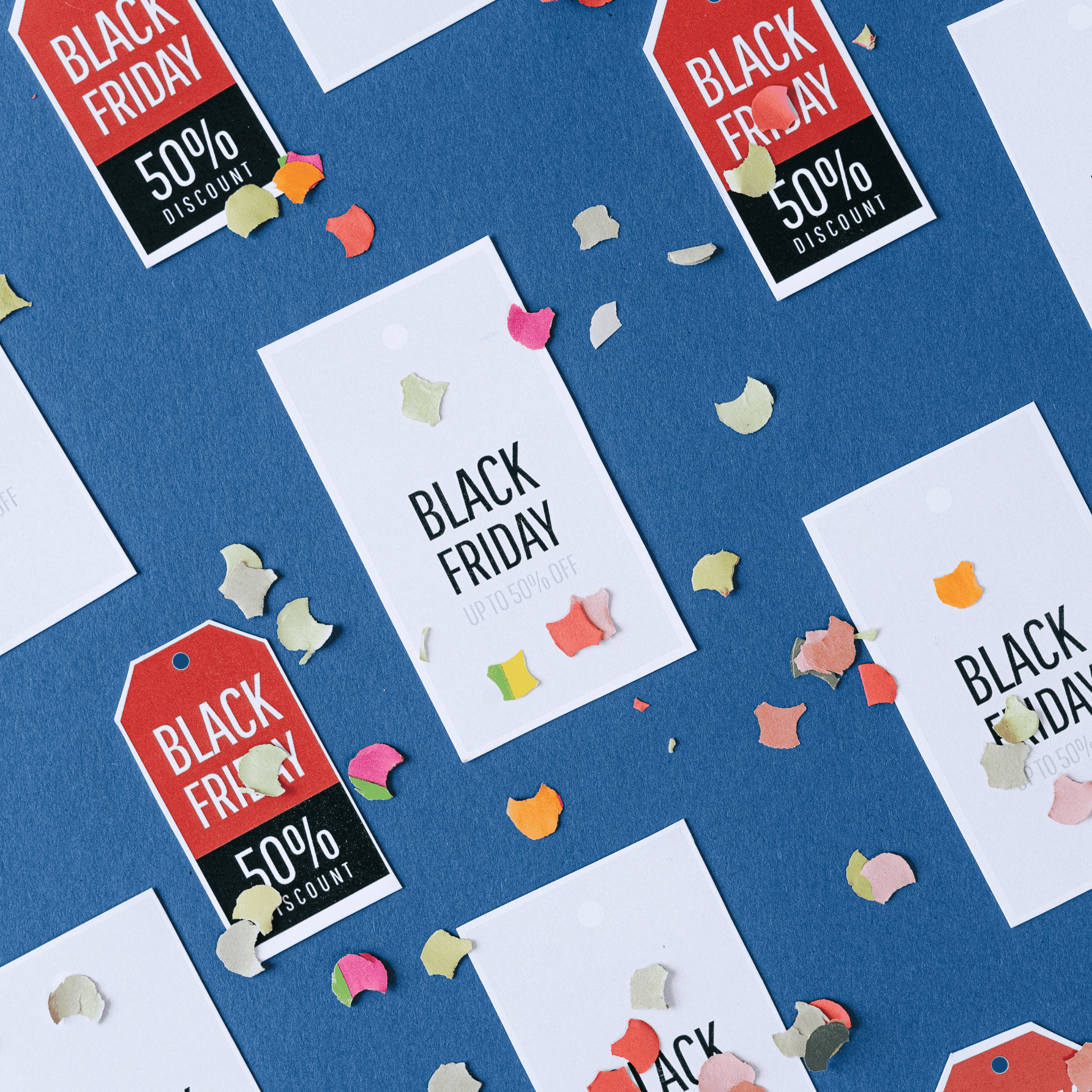The Shift to U.S. Distribution: What’s Driving the Trend for Global Brands
Global brands are re-balancing their networks toward the U.S. to cut risk, speed up delivery, and stay compliant. Rising tariff complexity, chokepoint disruptions, and evolving trade rules are pushing companies to stage more inventory—and even value-add work—inside the United States and across North America. For many, that means partnering with 3PLs to secure capacity, add flexibility, and stand up compliant, retailer-ready distribution without heavy capex.
Why It’s Happening Now
1) Risk, resiliency, and lead-time compression
Longer ocean routes and periodic canal/strait issues turned “just-in-time” into “just-in-case.” Red Sea/Suez disruptions and earlier Panama Canal restrictions extended transits and forced rerouting, prompting brands to shorten supply lines and hold stock closer to U.S. demand centers. Even as conditions improve, many shippers are hard-coding resiliency by positioning inventory domestically or within North America.
2) Tariffs and trade policy complexity
Section 301 actions on China and product-specific tariff adjustments (e.g., wafers/polysilicon, tungsten products) add cost and planning friction. USMCA maintains largely duty-free trade for qualifying North American goods but raises rules-of-origin requirements—particularly in autos—pushing more regionalization and documentation rigor. The net effect: more brands pre-position inventory and perform finishing/labeling inside the U.S. to de-risk landed cost.
3) Compliance and reputational safeguards
CBP’s enforcement under the Uyghur Forced Labor Prevention Act (UFLPA) has detained and rejected shipments lacking clean provenance. Many importers stage product domestically, tighten supplier vetting, and shift sensitive work (e.g., relabeling, kitting, component substitution) into audited U.S. facilities to maintain throughput while documentation is resolved.
4) North American nearshoring + U.S. finishing
Nearshoring to Mexico continues to attract manufacturing investment due to proximity and USMCA preferences. For finished-goods readiness—retail ticketing, FBA prep, multilingual inserts, or regulated relabeling—brands often complete last-mile value-add in U.S. 3PLs to meet retailer and marketplace SLAs with fewer border variables.
5) Industrial real estate is available again
After years of sub-3% vacancy, new supply has created options. Vacancy has normalized, with strong 3PL leasing as occupiers consolidate older sites and favor modern buildings near labor and parcel hubs. That availability makes domestic distribution nodes more attainable without long build-to-suit timelines.

What “U.S. Distribution” Looks Like in Practice
- Port-agnostic inbound with flexible drayage and transload to rail/linehaul, then regional DCs closer to demand clusters.
- Postponement strategies: import semi-finished goods; complete labeling, bundling, and retailer-specific prep inside the U.S. to reduce SKU proliferation and tariff exposure.
- Omnichannel execution: one inventory pool serving retail replenishment, marketplace FBA/FBM/SFP, and DTC parcel from the same facility set.
- Bonded options: defer duties by storing imports in a Class 3 bonded warehouse until release to U.S. commerce—or re-export if needed.
- Data + EDI compliance: retailer-ready ASNs, carton/pallet labels, and audits to avoid chargebacks.
Benefits Brands Are Capturing
Lower total landed cost (not just freight)
- Tariff planning via USMCA where applicable; postponement to classify correctly; reduced expedites due to shorter replenishment lead times.
Faster speed-to-shelf and Prime-like delivery
- Two- to three-node networks can hit 2-day coverage for most U.S. households and next-day in priority metros—without heavy capex.
Fewer disruption surprises
- If a canal, port, or lane wobbles, you’re adjusting inbound while outbound to customers stays constant from U.S. inventory.
Cleaner compliance and retailer scorecards
- U.S. execution simplifies labeling law nuances, prop-65/over-labeling, language packs, and UFLPA documentation throughout SKU life.
Choosing The Right U.S. Distribution Footprint
1) Start with your order profile
- Units/order, cube, and service mix (retail vs. DTC vs. marketplace) determine the handling model.
- Seasonal peaks and promo cadence drive labor planning and node count.
2) Map a “2–3 node” baseline
- For many brands, Northeast + Midwest (or Northeast + Texas) achieves strong 2-day coverage; add a West node for bulky items or coastal service insurance.
3) Use bonded where it helps
- Defer duties on slow movers and pre-build peak inventory inside the U.S. without entering commerce until release.
4) Engineer postponement
- Import common “chassis,” finish domestically: add region-specific inserts, apply retailer tickets, bundle/accessorize, or swap components to meet rules-of-origin or labeling.
5) Future-proof for volatility
- Bake in port agility (NY/NJ, Boston/Conley via rail/road, or East/Gulf vs. West), carrier diversification, and safety-stock targets aligned to lead-time variability noted in recent maritime reports.

Operational Capabilities to Require from Your 3PL
- Retailer/marketplace compliance: EDI mappings, UCC-128/GS1 labeling, routing-guide mastery (prevent deductions).
- Amazon programs: FBA compliance (prep/ASN/cartonization), FBM surge coverage, and SFP readiness with SLAs.
- Bonded and regulated work: Class 3 bonded licensure; FDA/USDA familiarity if applicable; robust QC and lot/expiry control.
- Kitting & light assembly: scalable cells for promotions, variety packs, and channel-specific bundles.
- Data stack: WMS with portal visibility, API/EDI connectors (ERP/Shopify/NetSuite/Shipedge), real-time inventory and ASN status.
- Network design: lane modeling, parcel mix optimization, and port-agnostic routings.
Key Metrics to Manage
- Perfect order index by channel (retail, FBA, DTC).
- Retailer chargebacks as % of sales (target: trending ↓).
- Cycle time: dock-to-stock (inbound) and order-to-ship (outbound).
- Inventory health: weeks of supply, aged stock, and bonded vs. entered.
- Freight mix: parcel zone distribution, DIM %, and consolidation wins.
- Compliance hits: detentions (UFLPA/other), corrective-action closure time.
Example Playbook: Fast Path to U.S. Distribution
- Risk assessment: SKU-level tariff/compliance review; map UFLPA exposure.
- Example playbook: Fast path to U.S. distribution
- Risk assessment: SKU-level tariff/compliance review; map UFLPA exposure.
- Data plumbing: EDI/ASN testing with top retailers; Amazon integration smoke tests.
- Postponement build: define domestic finishing steps and SOPs.
- Pilot + ramp: start with top SKUs/channels; expand after scorecards normalize.

How Snapl Helps Brands Shift Stateside
- Bonded warehousing near Boston (South Hadley, MA): duty deferral, import staging, and compliant release to commerce.
- Retail & marketplace prep at scale: ticketing, relabeling, inserts, bundles, and QA under one roof with EDI/ASN competence.
- Amazon programs: FBA prep/forwarding, FBM surge, SFP-ready flows through Shipedge ↔ Amazon integrations.
- Northeast distribution advantage: fast parcel reach to dense population clusters; LTL options for retail replenishment.
- Program management: single owner for compliance, timelines, and cost/performance transparency.
FAQs
Is U.S. distribution always more expensive?
Not necessarily. When you factor tariffs, compliance, detention/demurrage risk, and reduced expedite spend, a U.S. node can lower total landed cost and stabilize service.
Do I still benefit if I make products in Asia?
Yes. Many brands import semi-finished goods, then complete finishing in the U.S. for channel-specific requirements and faster replenishment.
How does bonded storage help?
It defers duties and taxes until goods enter U.S. commerce, useful for seasonal or uncertain demand and for re-exports from the U.S. market.
What about future trade policy changes?
USMCA continues to enable duty-free treatment for qualifying goods; staying flexible with port choices and documentation keeps you resilient amid policy shifts.

Position your inventory where it matters most.
Contact Us





